The road winds around a mountain and then another. It goes deep into the mountains and then even deeper. A bridge over the Neretva, the road narrows. Slowly the path climbs up, passing a dense forest. At the end, a gate with a guard house awaits. Inconspicuous. Mass-produced. But if the Cold War had turned into a hot one, the entire leadership of the former Yugoslavia would have taken refuge here, inside a hollowed-out mountain.
This is Tito's Bunker. And we're ready now to have a fascinating adventure with the atomic fear of the Cold War Era.
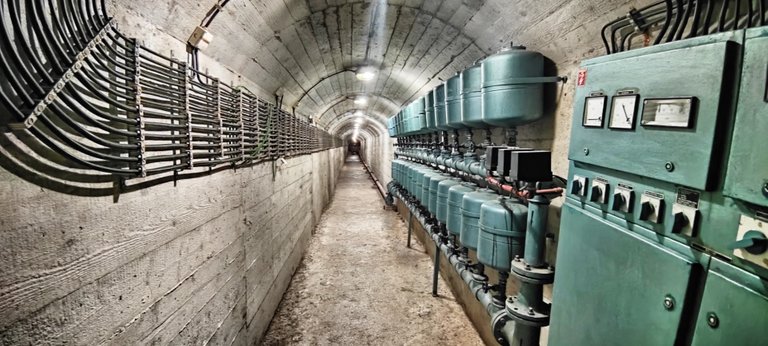 Don't forget to watch your steps
Don't forget to watch your steps
(You can read the last part of our travel book here)
The secret station, masked as a regular house, lies just a few kilometers from the village of Konjic, 30 kilometers as the crow flies from the Bosnian capital of Sarajevo. Beyond the gate, the road continues a little further through a restricted area full of functional buildings that used to be disguised as part of a munitions factory.
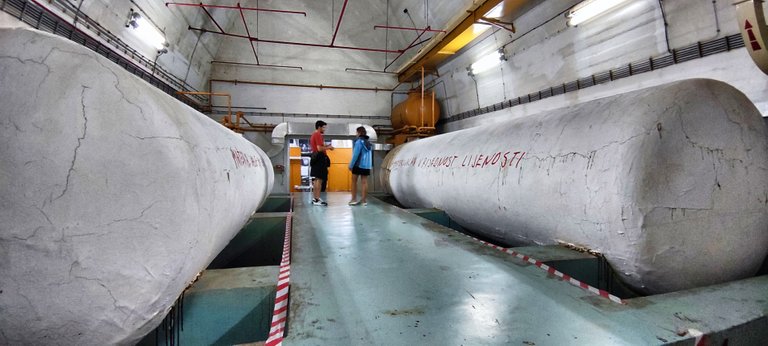 All visitor are foreigners
All visitor are foreigners
Then a narrow door opens to a bizarre realm of tunnels that 30 years ago was Yugoslavia's best-kept state secret: The Atomic Warfare Command (ARK), now usually called Tito's bunker, stretches three soccer fields deep into Mount Zlatar behind a gate made of iron as heavy as a centimeter like a hollowed-out horseshoe.
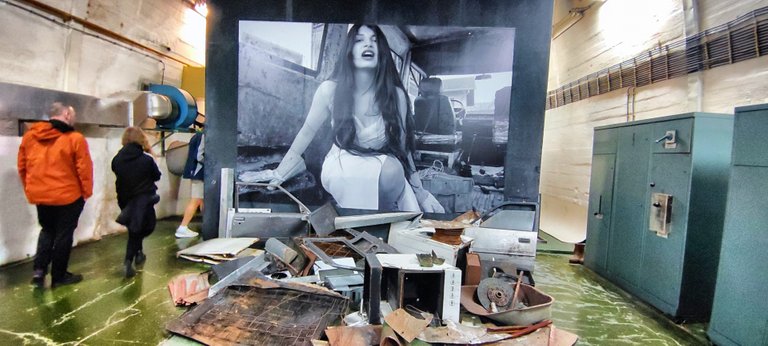 Some art is displayed at the bunker
Some art is displayed at the bunker
A world under the surface
There are long, narrow corridors branching off from some wider ones, staircases leading to higher floors, rooms still containing the complete equipment of bunk beds, radios, armchairs and televisions. In addition to map rooms, there are writing rooms, code rooms, kitchens, dining rooms, the ludft is cool, it smells of disinfectant.
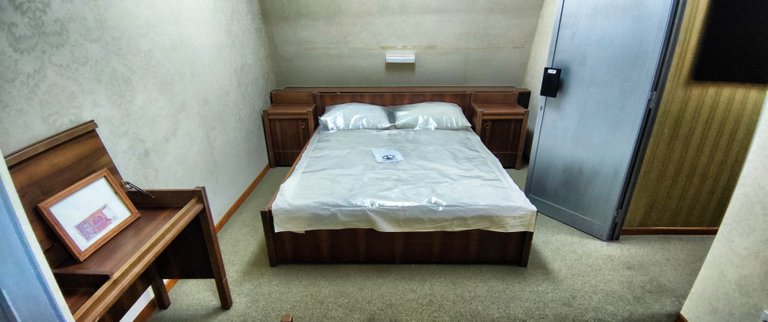 The bed where Toti and his wife are willig to survive the atomic war
The bed where Toti and his wife are willig to survive the atomic war
In the engine room, huge generators wait to this day to spring back into action and supply air to the Army Command in case of war (Armijska Ratna Komando), without nuclear or chemical contamination can disrupt combat operations. In the event of war, Yugoslavia's dictator Jorip Broz Tito would have run his state and army from here into the last battle.
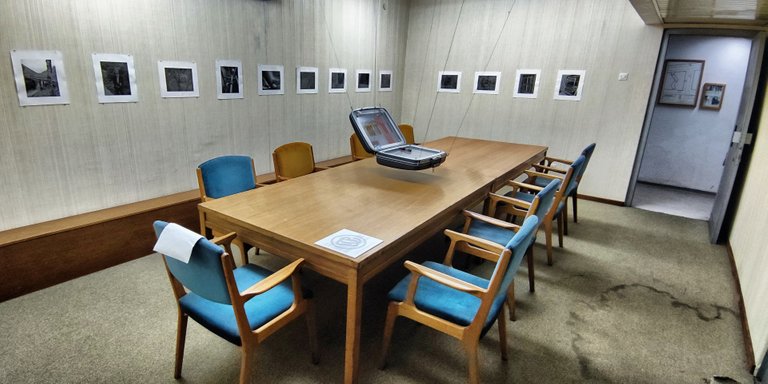 President's war room
President's war room
For the small country, the construction was an insane undertaking. The underground facility with the military name "D-0" (code "Istanbul") was to provide a "protected workplace" for 350 people, shielded under 200 meters of rock. 6,500 square meters of space is available, even the impact of an atomic bomb with an explosive force of 20 to 25 kilotons - twice as much as the nuclear weapon that destroyed Hiroshima - could have survived the bunker.
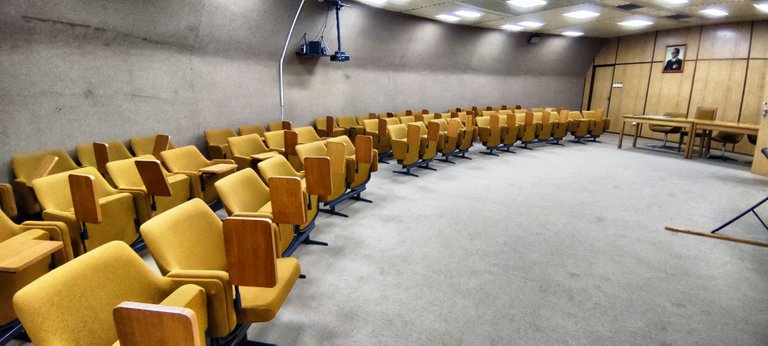 The huge room für conferences
The huge room für conferences
Eight olympic pools
For this, Tito used every penny and every cent he had. From March 1953 on, more than 20,000 cubic meters of material were hewn out of the mountain, about as much as eight Olympic swimming pools contained. For a fabulous 26 years, workers and engineers dug and built here, sworn to silence under threat of the highest penalties.
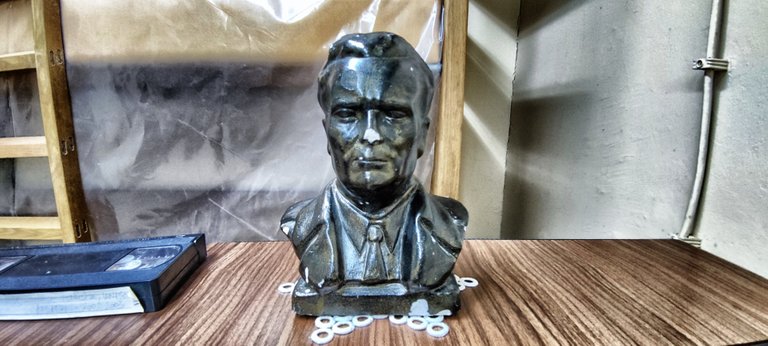 Josip Broz Tito was the father of the hidden monster
Josip Broz Tito was the father of the hidden monster
Cost was not an issue: together with the two radio outposts in the nearby mountains of Kiser and Borasnica, Tito had his bunker built at a cost of an absurd 4.6 billion US dollars. After the underground airport "Zeljava" near Bihac and the submarine harbor "Lora" carved into a mountain in Split, the bunker is thus the most expensive military object in the entire Balkans.
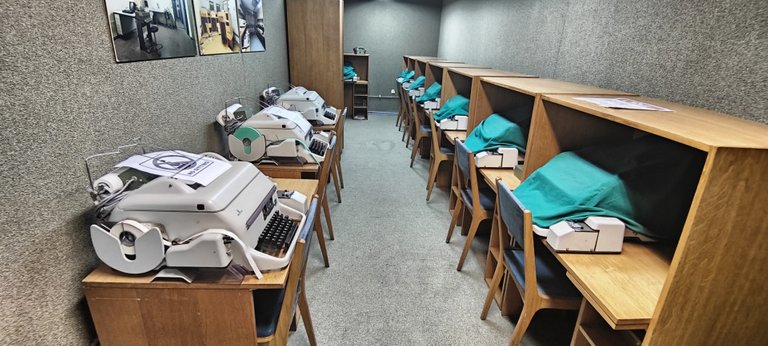 Titos fax machines
Titos fax machines
The bunker could have kept the 350 chosen men alive for half a year. At a stable air temperature of 22 degrees, food, equipment and supplies of all kinds were stored in the ten blocks. To this day, the bunker has its own water supply from an underground spring, there are fuel cisterns for the diesel engines, air filters against NBC warfare agents and modern-looking commercial kitchens.
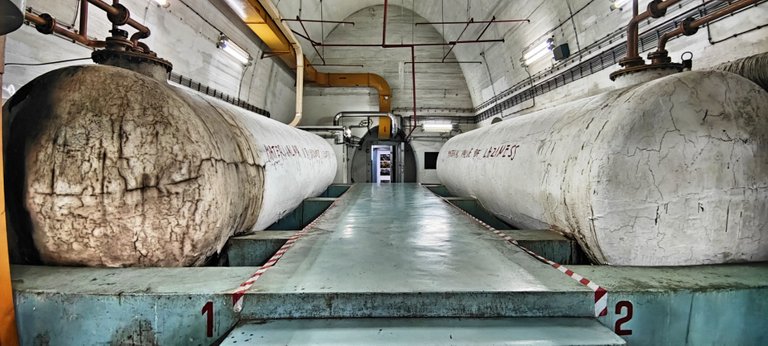 Gasoline tanks for six months
Gasoline tanks for six months
More modern cellars for the rich
In the center of the facility is a huge conference hall, next to which are lined up switchgear, sleeping and recreation rooms for officers and civilian employees, and the canteen.
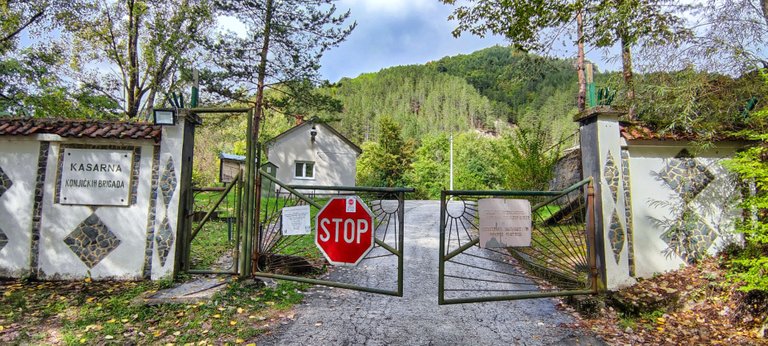 Behind the door is the ARK
Behind the door is the ARK
But in the Underground too, a two-class society would have existed: while the ordinary elect would have had to live in cramped quarters, two men, one bed, there were cozy private apartments for the politicians on the upper floor. Jovanka Tito, wife of the head of state, even had her own dressing table.
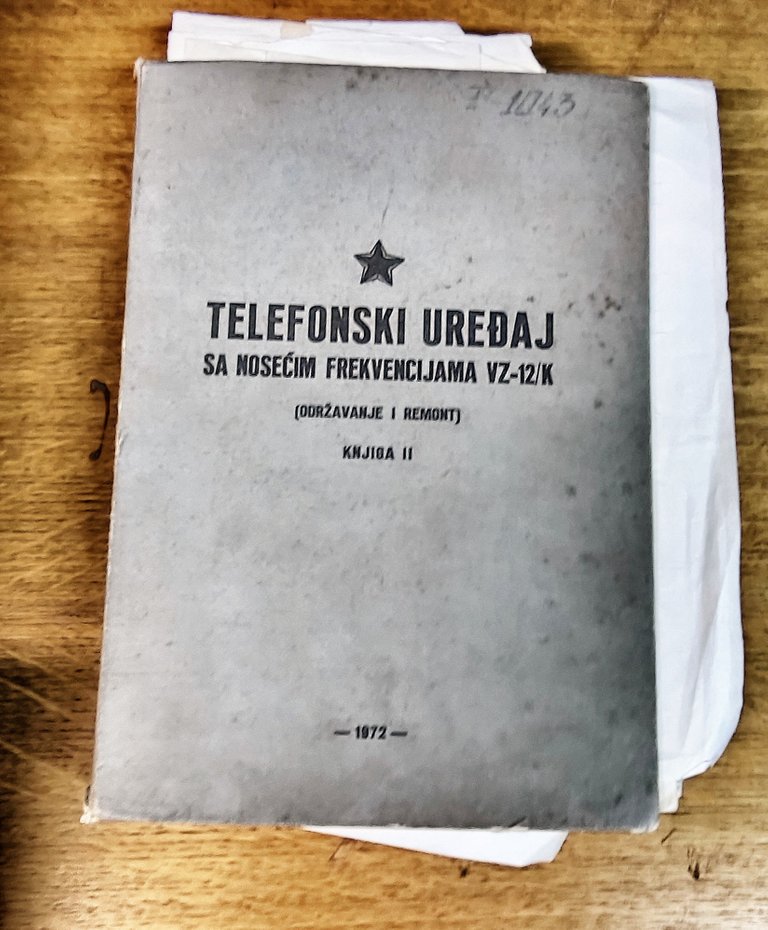 The phone book full of secrte numbers
The phone book full of secrte numbers
From the inside, the bunker resembles a labyrinth with more than a hundred rooms and walls 1.5 meters thick. All rooms are well preserved and have a maintained inventory, which ist very interesting for visitors. In the bunker there was a private hospital and a swimming pool. The bunker also had cable television, at a time when no city in Yugoslavia had one.
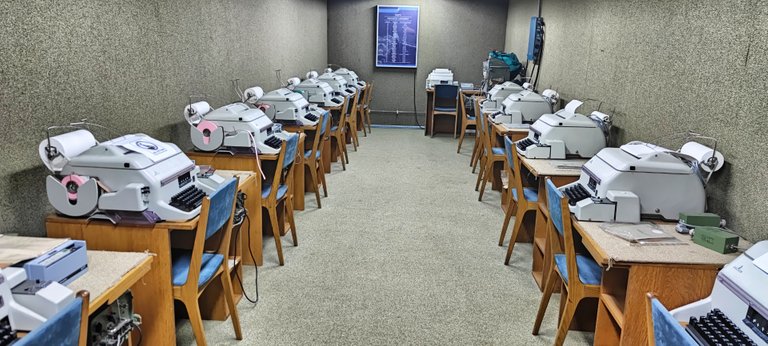 Communication center of the headquarter
Communication center of the headquarter
For more than a quarter of a century, the Yugoslavs built the monster, and it was not until 1979 that the ARK was completed. Tito, who had commissioned it after a dispute with Stalin in Moscow led him to fear that the Soviet Union might send troops to force him back to Kremlins orders, outlived his secret child by only a few months.
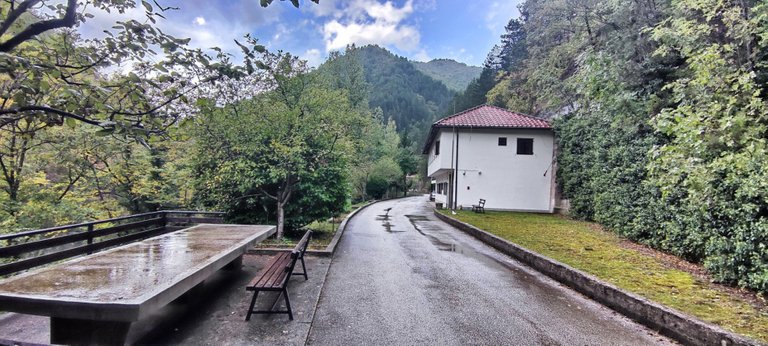 The house on the right, yes, that is the face of the bunker
The house on the right, yes, that is the face of the bunker
The death of ARK's father
ARK's father died in May 1980, barely after the bunker was completed. Thanks in part to help from the West: the U.S. gave money, and some of the machines in the underground without any doubt bear the names of German manufacturers. https://www.konjic.ba/ba/index.php
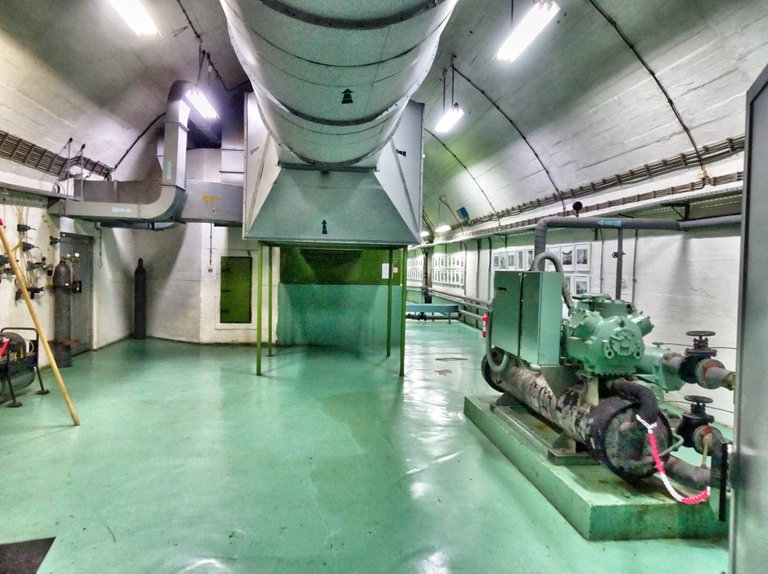 Machine room
Machine room
After Tito's death in 1980. the complex was mothballed, but kept operational and secret. It was not until March 1992, after the breakup of Yugoslavia, that the decision was made to demolish the very special "ark" so that the new state of Bosnia and Herzegovina could not use it if possible.
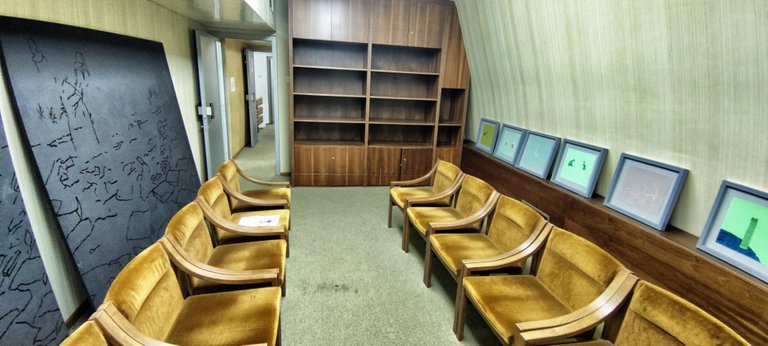 The waiting floor before the presidents suite
The waiting floor before the presidents suite
The army, however, refused to destroy the jewel of the Cold War, and so ARK was preserved - today under the supervision of the Bosnian Ministry of Defense, but managed by civilians and financed both by state aid and by donations and entrance fees.
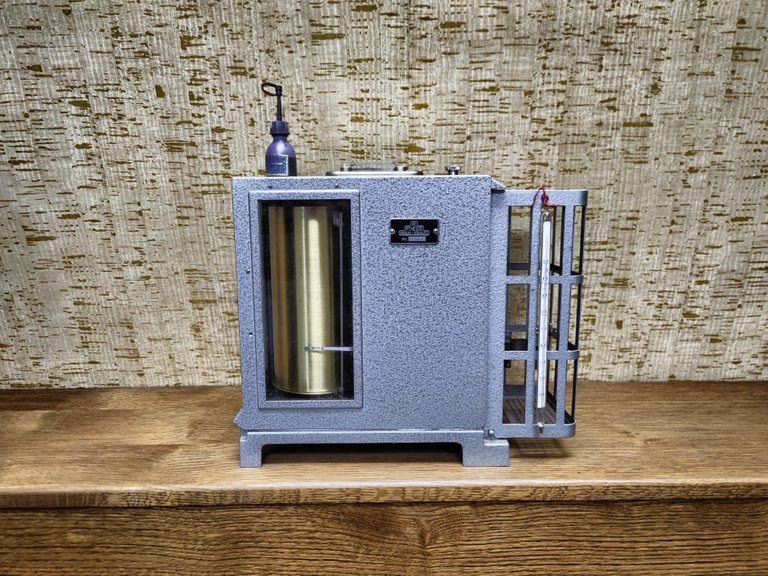 Radiation gauge
Radiation gauge
It still works - for tourists
The secrecy, however, that was so harshly enforced for so long still works. While foreign tourists certainly have the site in the mountains between Sarajevo and Mostar on their itineraries, even though it is not to be found in any guidebooks and no signposts lead to it, the locals seem to know nothing about it to this day.
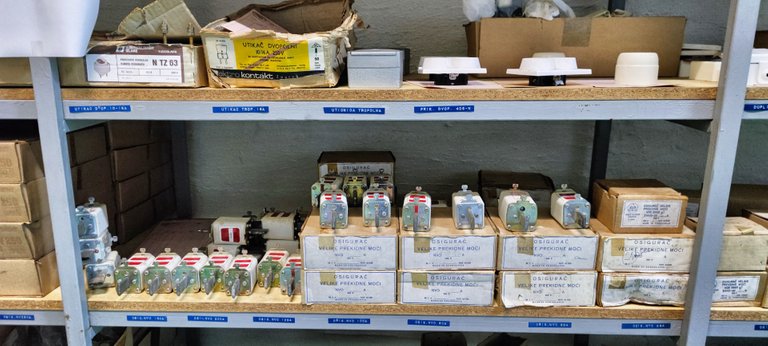 Collected things for survive
Collected things for survive
Travel information about Bosnia and Herzegovina: www.bhtourism.ba
Thank you for reading and if you like my work please follow me on Hive, Travelfeed or Steem or visit my homepage koenau.de
A few more pictures:
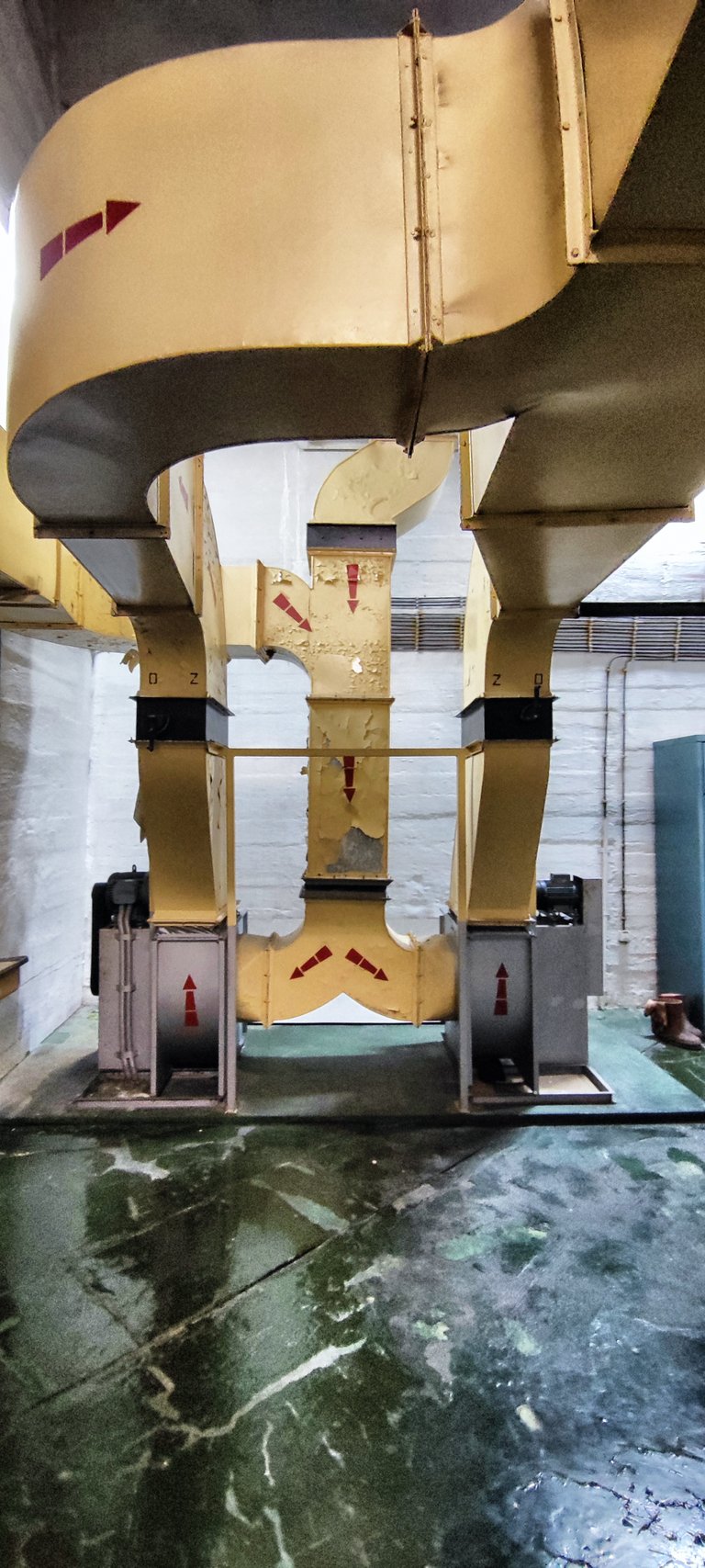 The air condition
The air condition
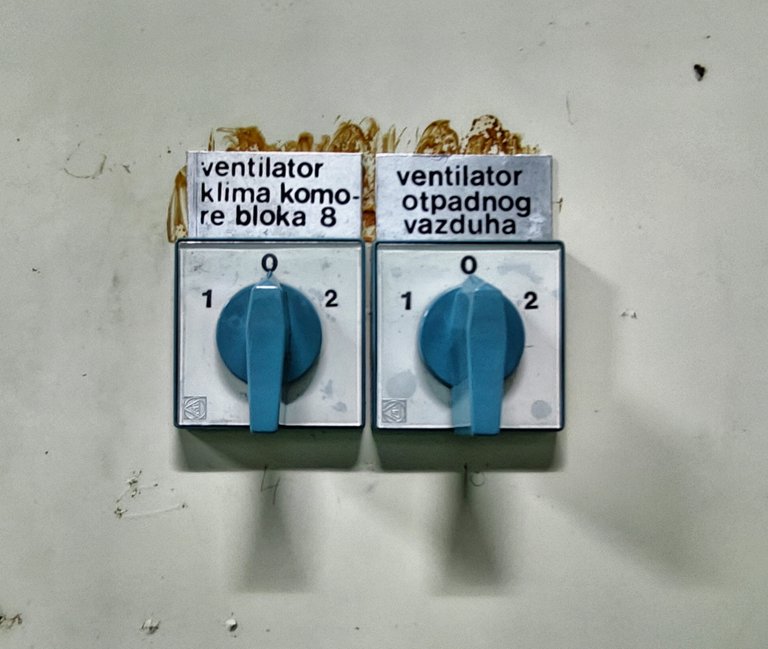 The ventilation switches
The ventilation switches
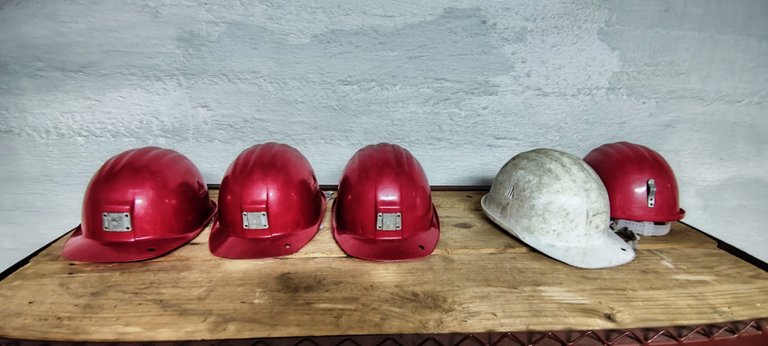 Helmets
Helmets
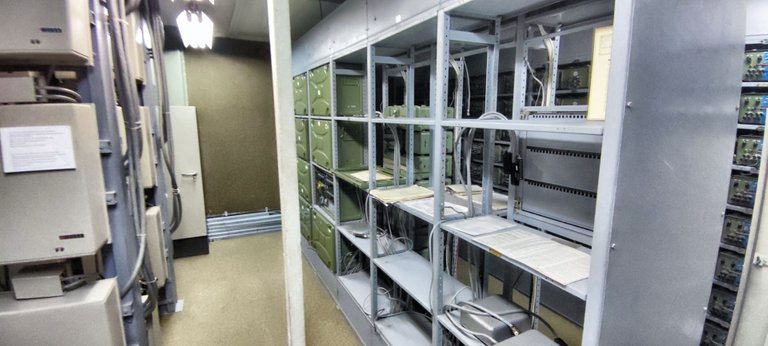 Some things are gone
Some things are gone
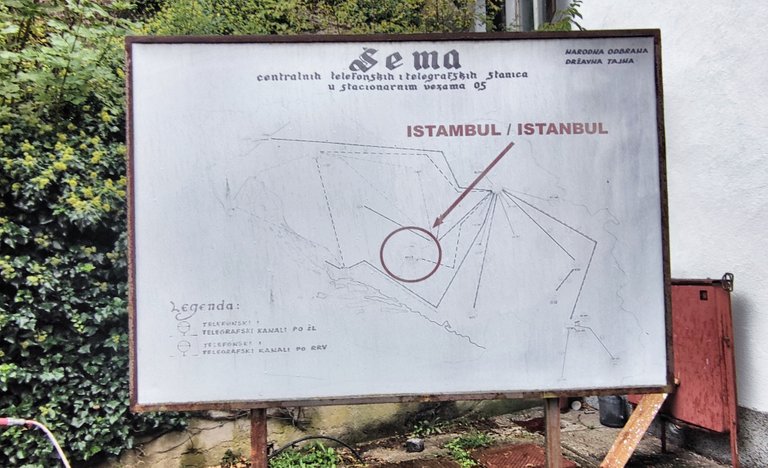 They call it "Istambul"
They call it "Istambul"
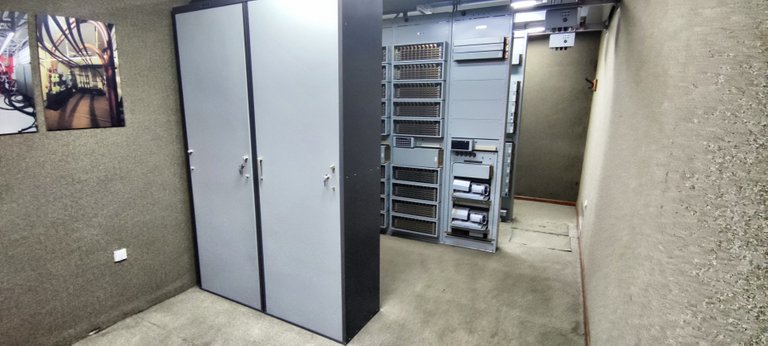 Electric installations
Electric installations
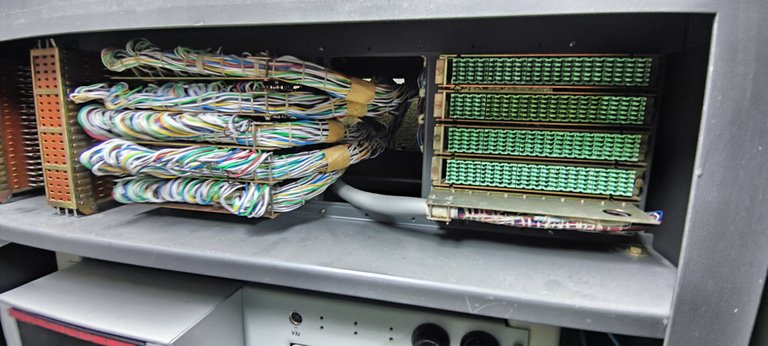 Electric lines
Electric lines
 Electric substation
Electric substation
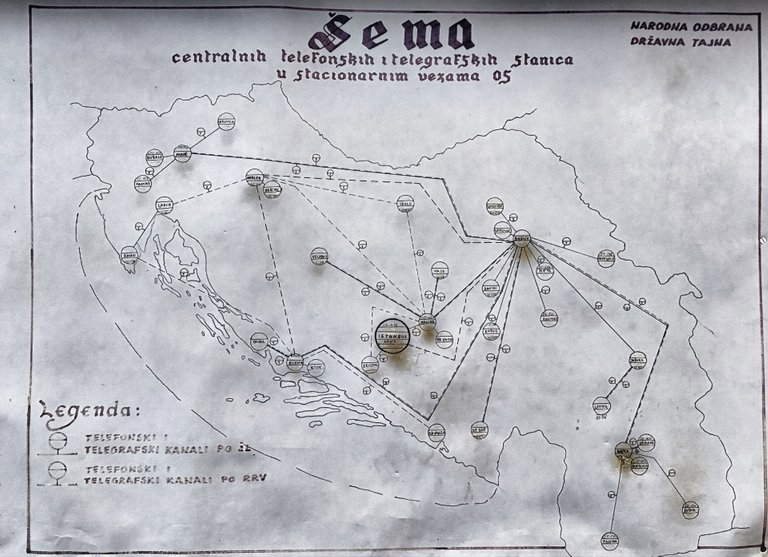 The whole plan, very secret
The whole plan, very secret
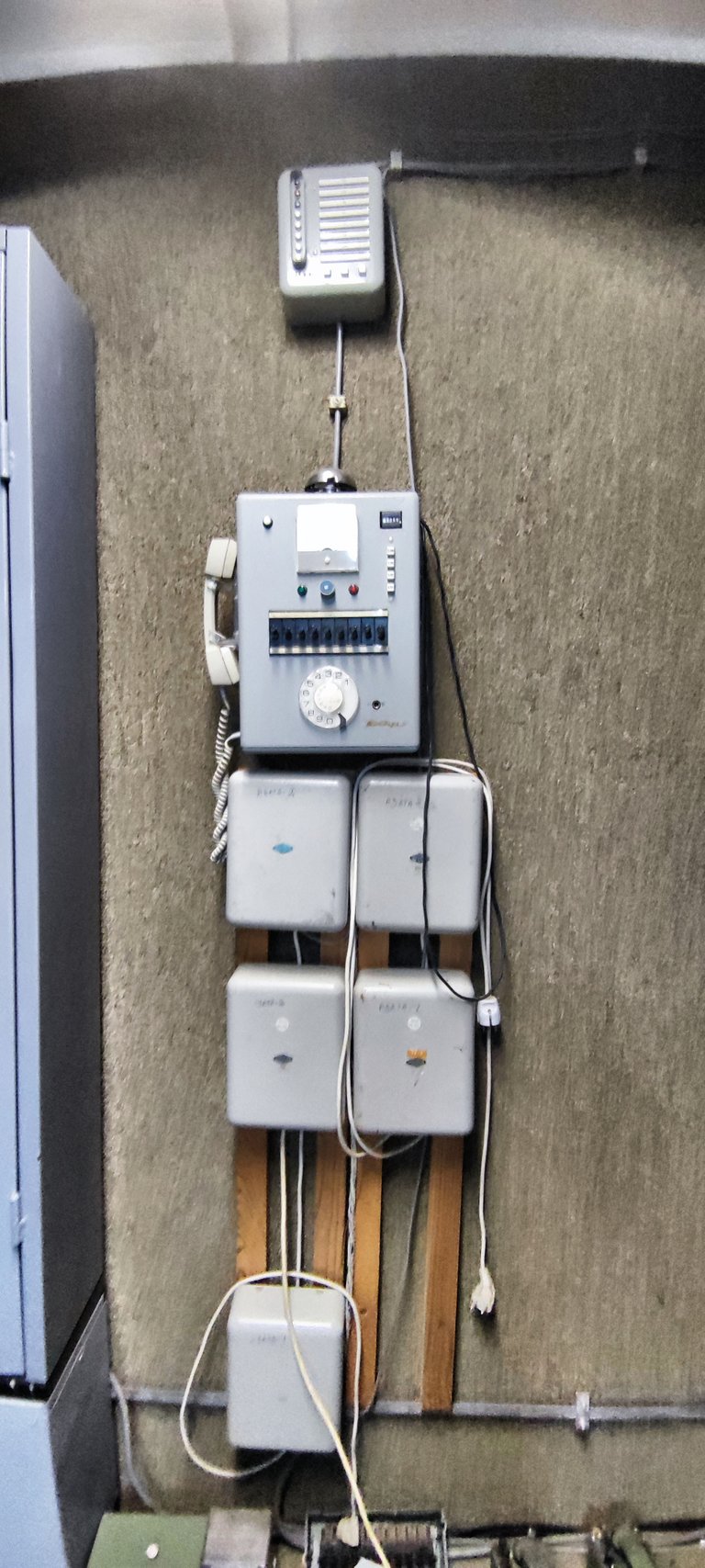 Electric cables as if knotted by children
Electric cables as if knotted by children
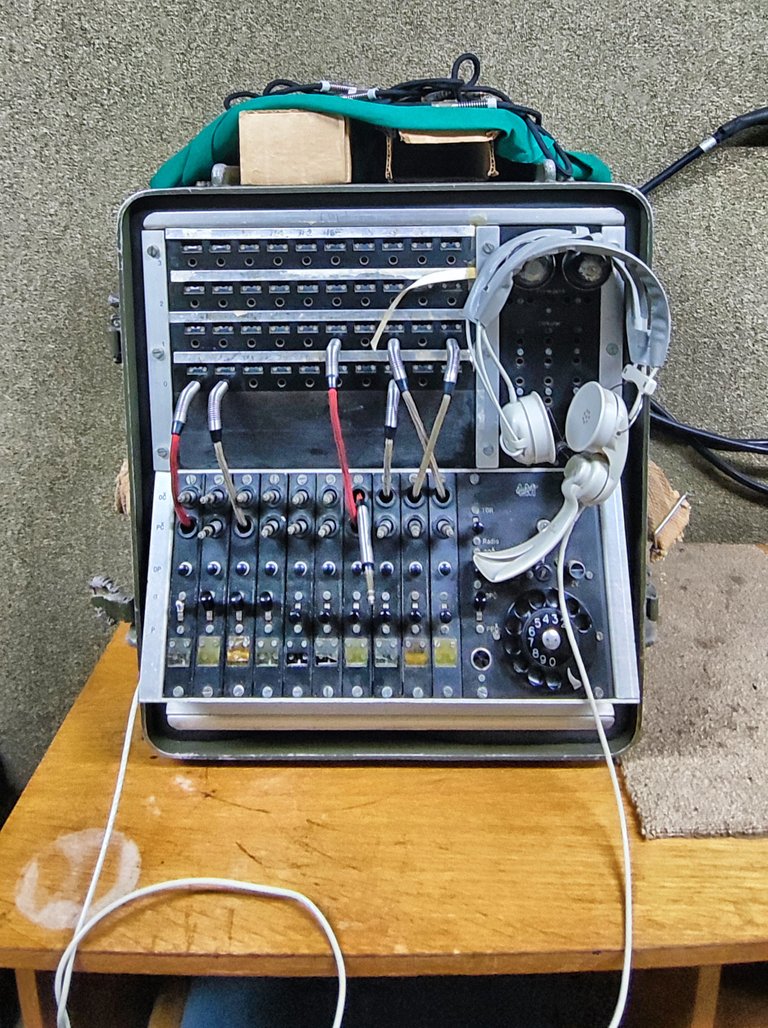 Call me with five
Call me with five
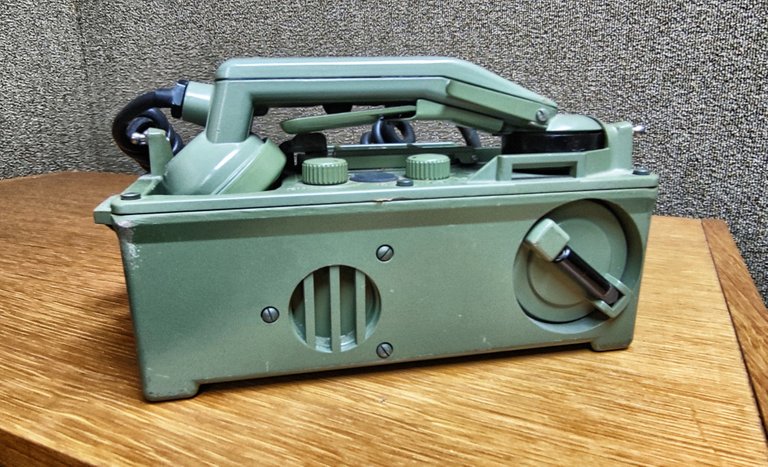 A secret field phone
A secret field phone
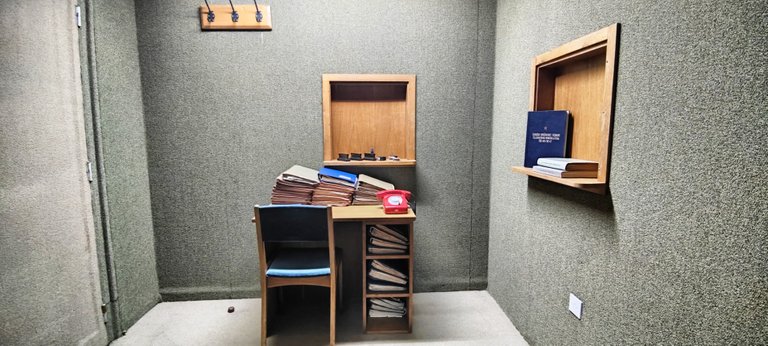 One office
One office
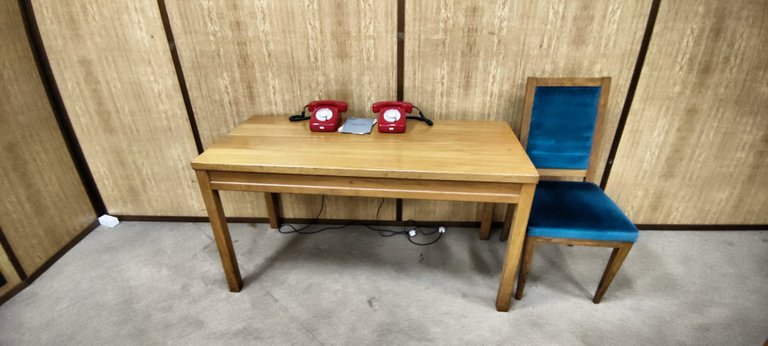 The desk of the officer on duty
The desk of the officer on duty
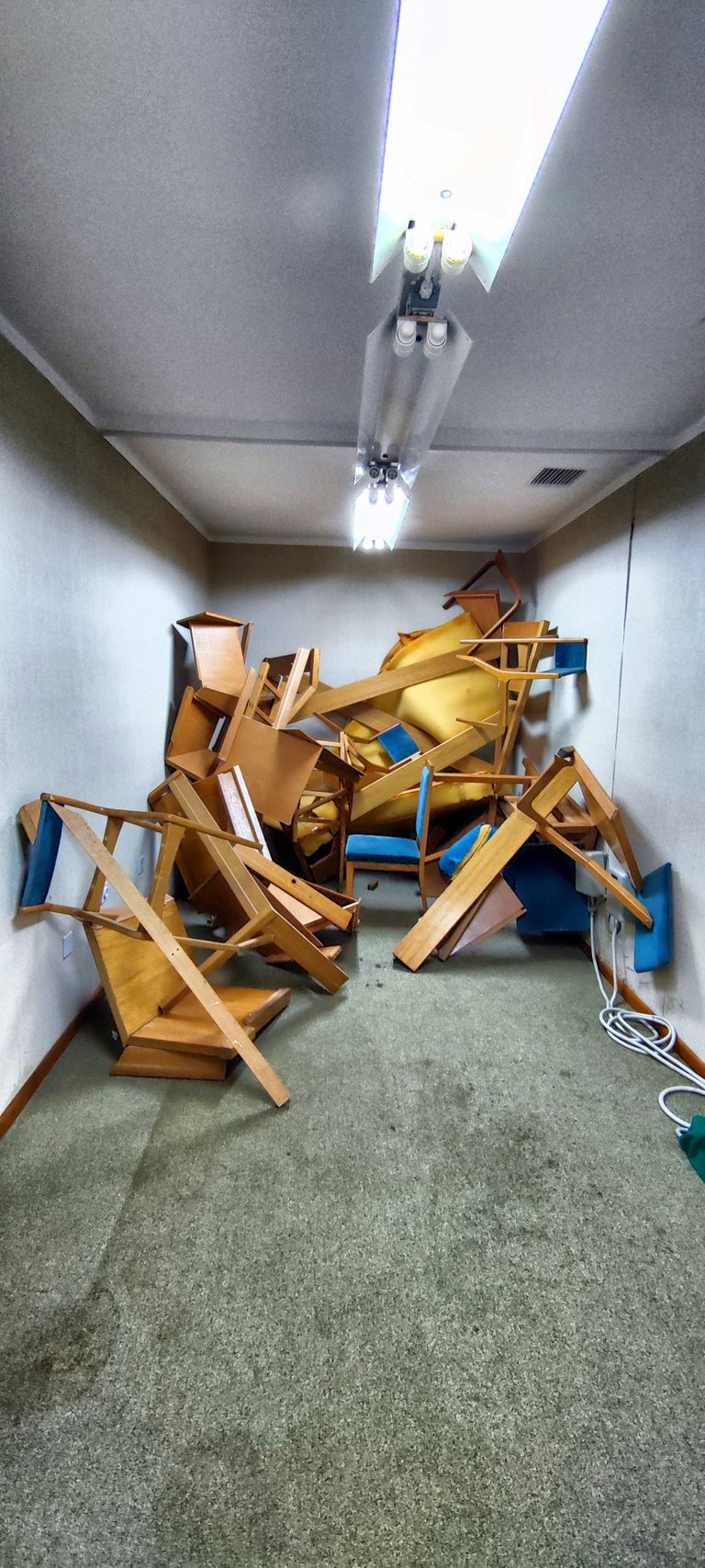 Some furniture
Some furniture
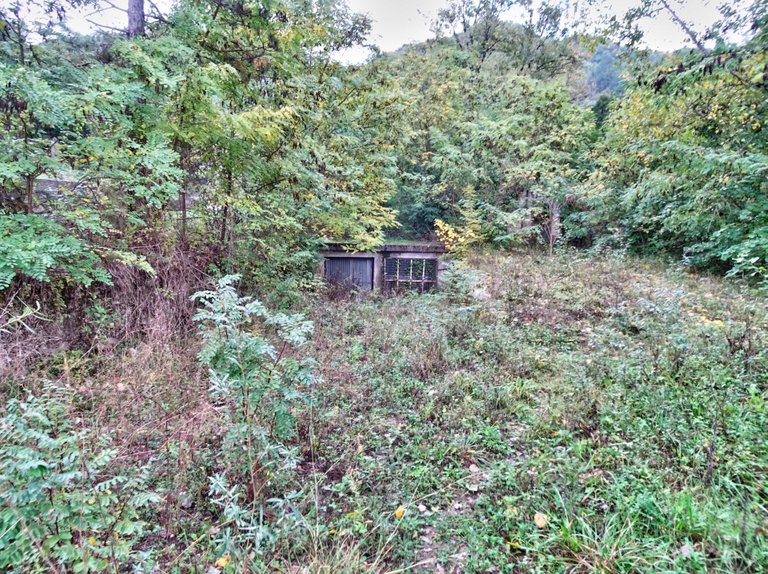 The bunker from outside
The bunker from outside
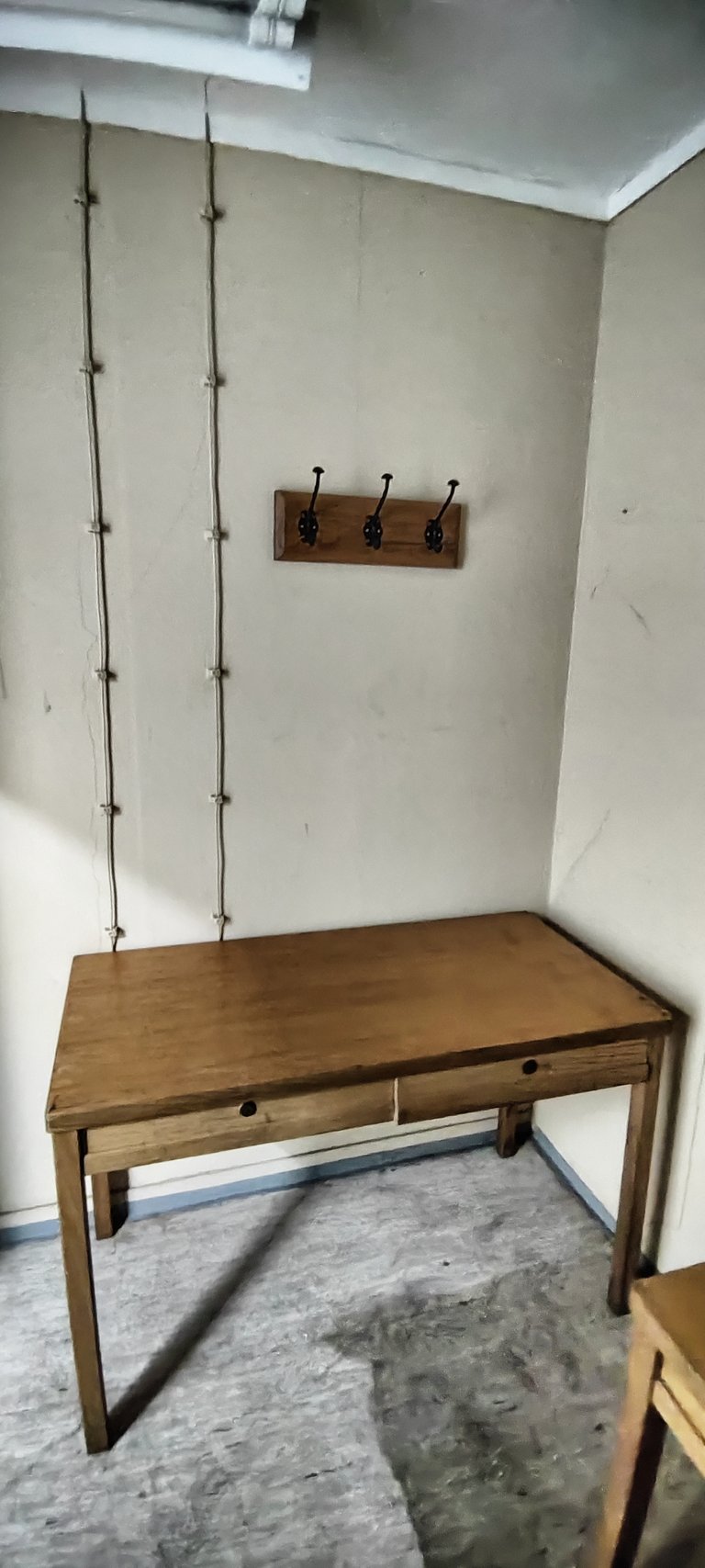 One of the desks
One of the desks
 The map of the monster
The map of the monster
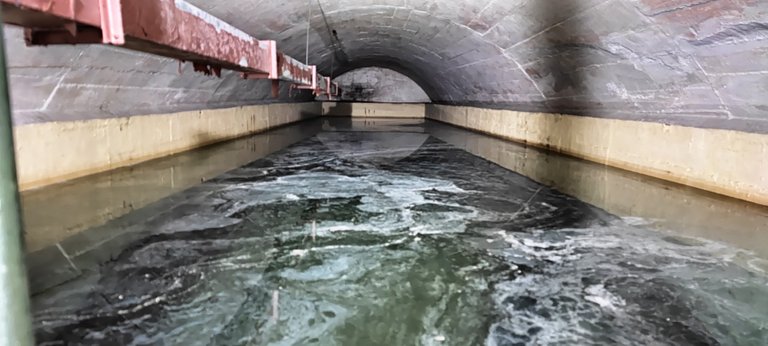 The great water tank
The great water tank
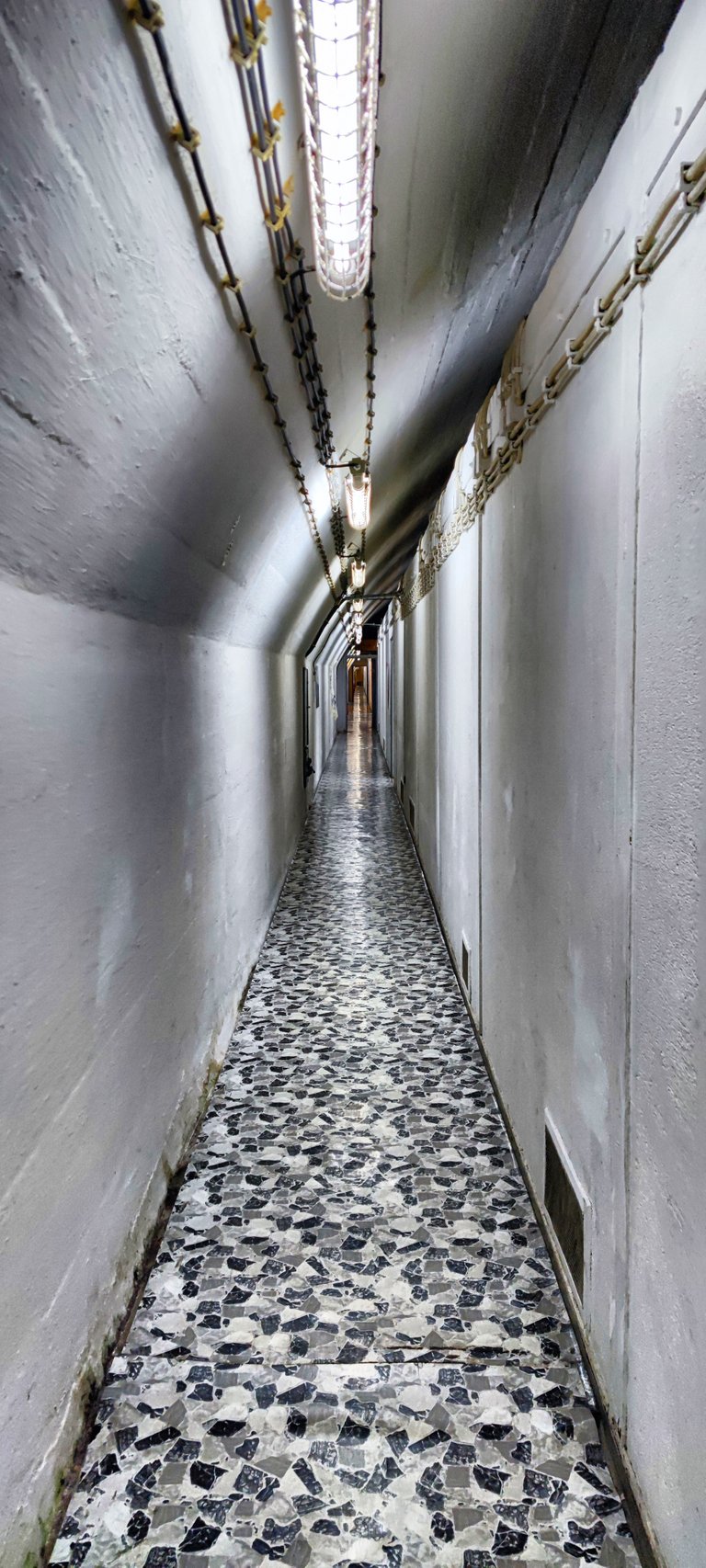 Endless floors
Endless floors
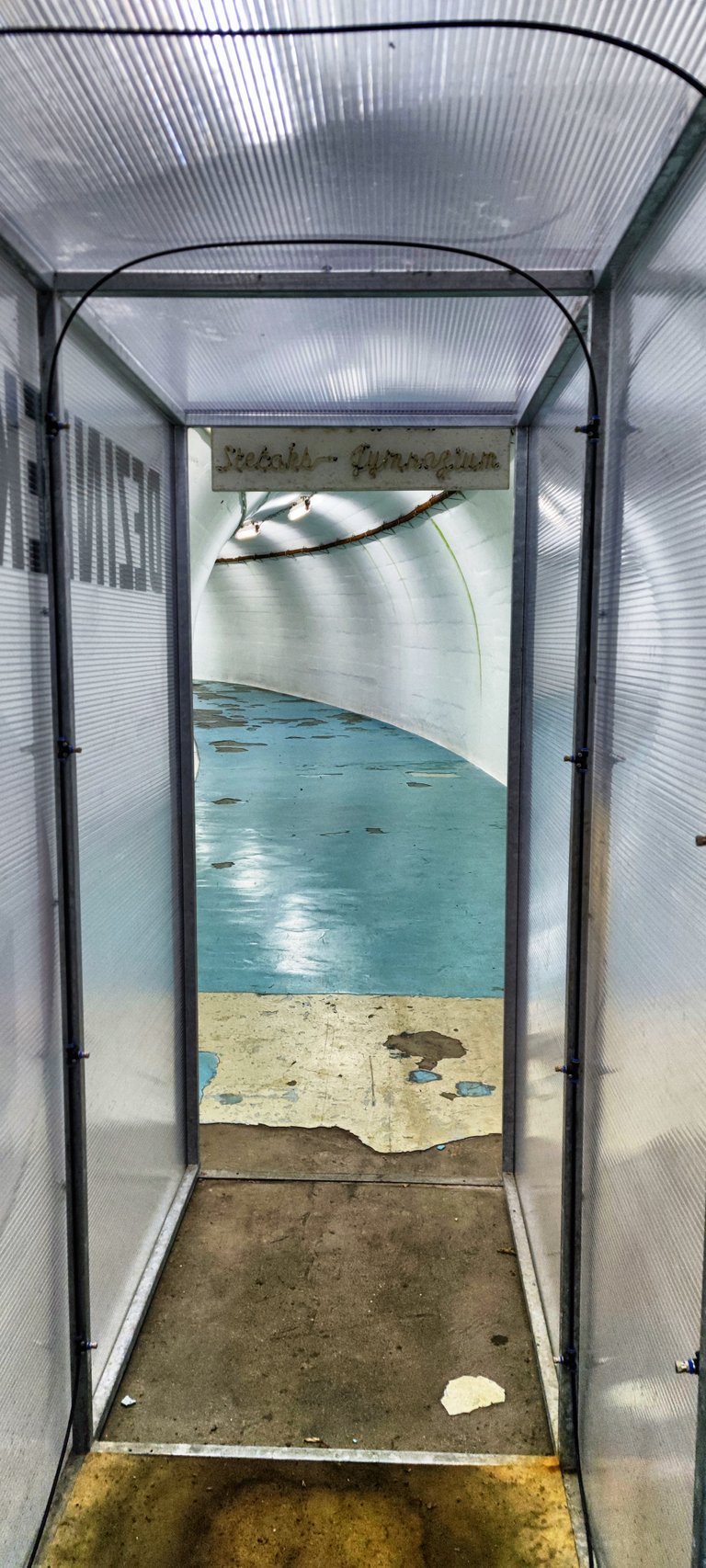 The chemical sluice at the door
The chemical sluice at the door
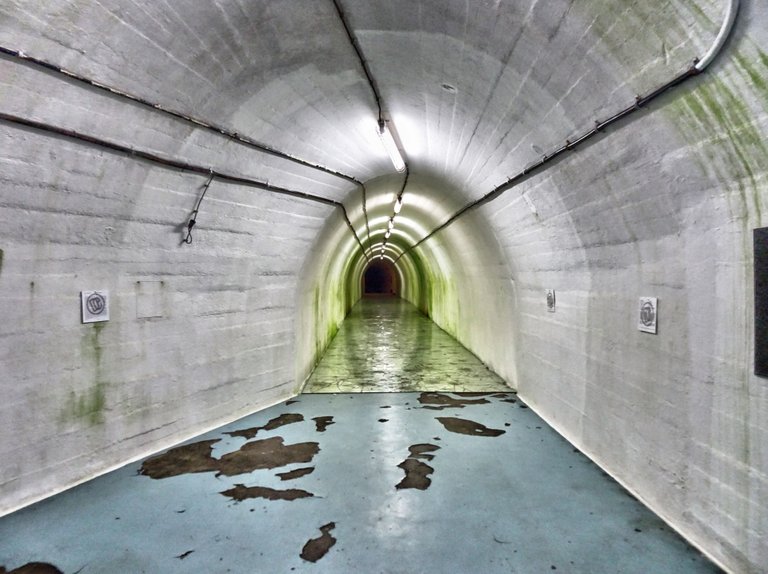
Congratulations @koenau! You received the biggest smile and some love from TravelFeed! Keep up the amazing blog. 😍 Your post was also chosen as top pick of the day and is now featured on the TravelFeed.io front page.
Thanks for using TravelFeed!
@for91days (TravelFeed team)
PS: Have you joined our Discord yet? This is where over 1000 members of the TravelFeed come together to chat. Join us!
Congratulations, your post has been added to Pinmapple! 🎉🥳🍍
Did you know you have your own profile map?
And every post has their own map too!
Want to have your post on the map too?
Daily Travel Digest #1953.
Become part of our travel community:
- Join our Discord
- Learn more about our travel application
Hiya, @choogirl here, just swinging by to let you know that this post made it into our Honourable Mentions in Your post has been manually curated by the @pinmapple team. If you like what we're doing, please drop by to check out all the rest of today's great posts and consider supporting other authors like yourself and us so we can keep the project going!My previous @v4vapp proposal has expired. I have a new one which is running but unfunded right now. I'm still running @v4vapp and all my other services.
I've just updated v4v.app and I'm getting ready for some exciting new features after the next hard fork.
Please consider asking your friends to vote for prop #265 or consider unvoting the return vote.
For understandable reasons in the current crypto climate it is harder to get funded by the DHF, I accept this so I'm asking a wider audience for help again. I'll also add that I power up Hive every day and usually power up larger amounts on 1st of the Month. I'm on Hive for ideological reasons much more than for only economic benefit.
Additionally you can also help with a vote for Brianoflondon's Witness using KeyChain or HiveSigner
If you have used v4v.app I'd really like to hear your feedback, and if you haven't I'd be happy to hear why or whether there are other things you want it to do.